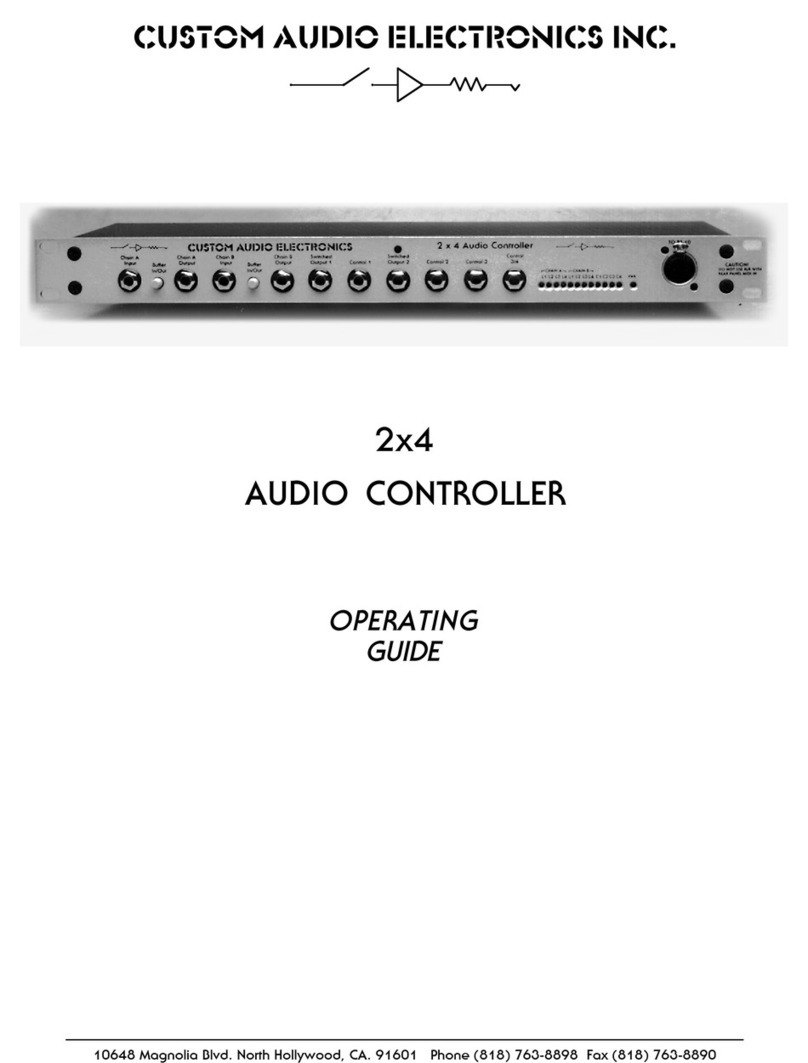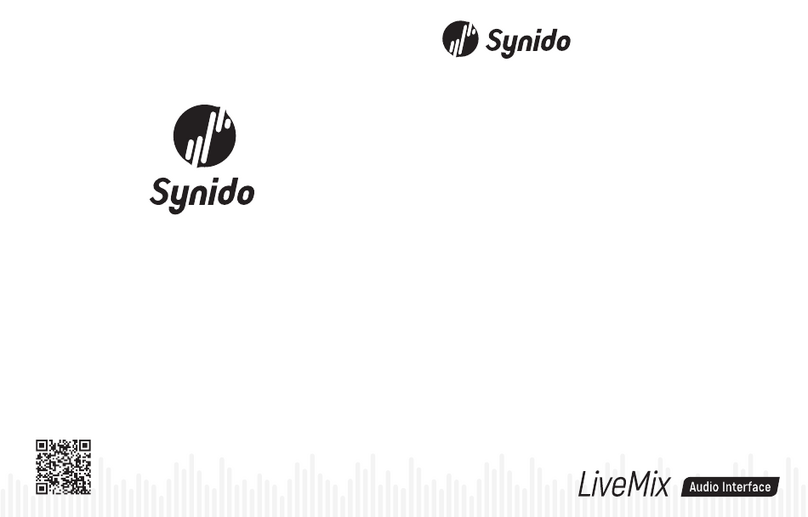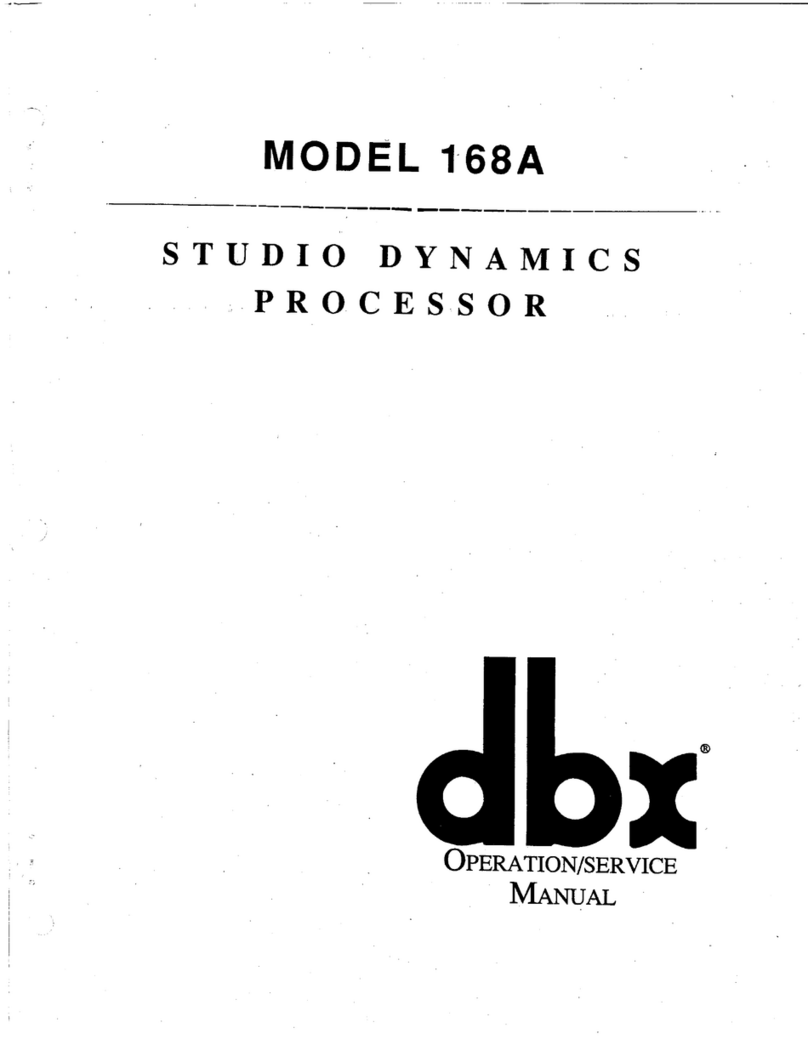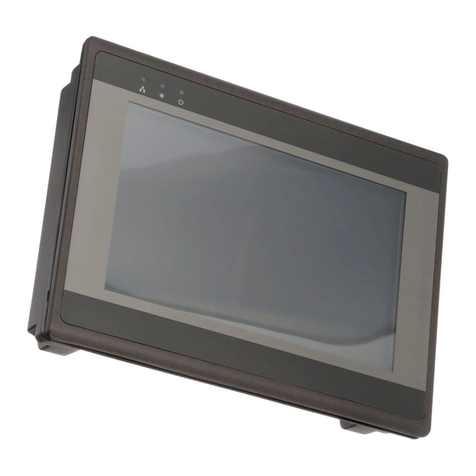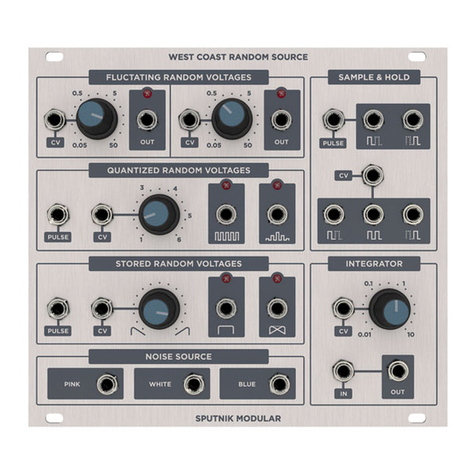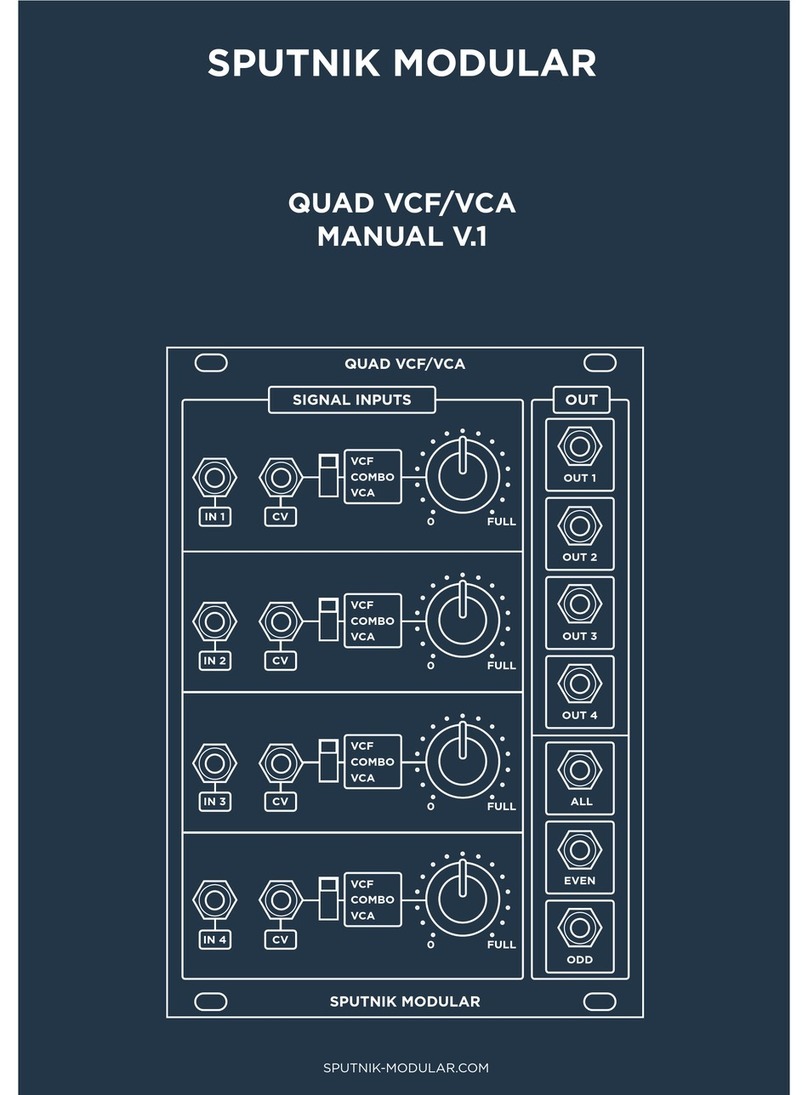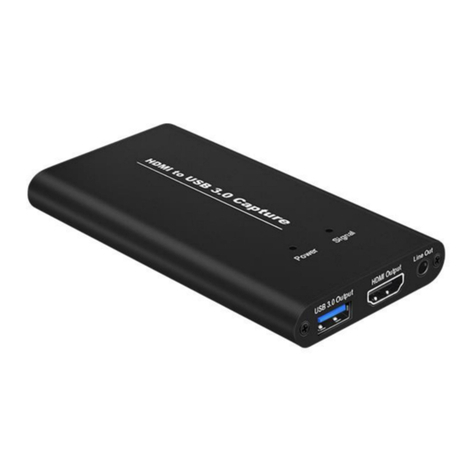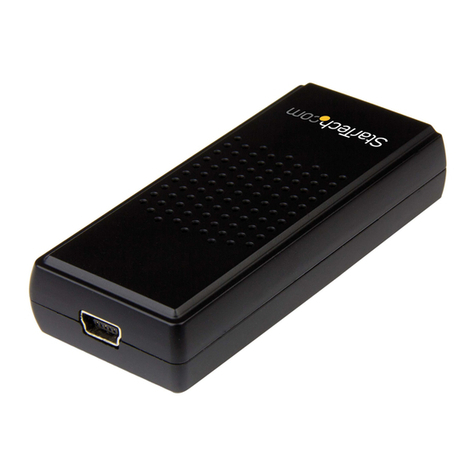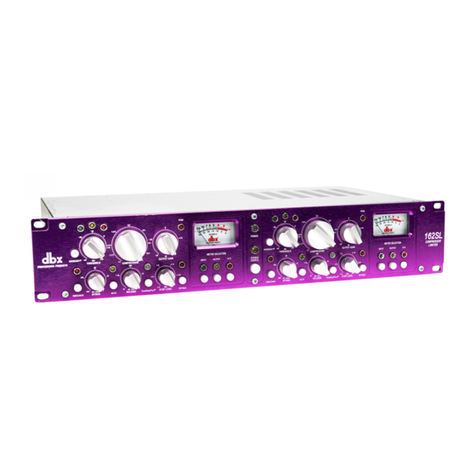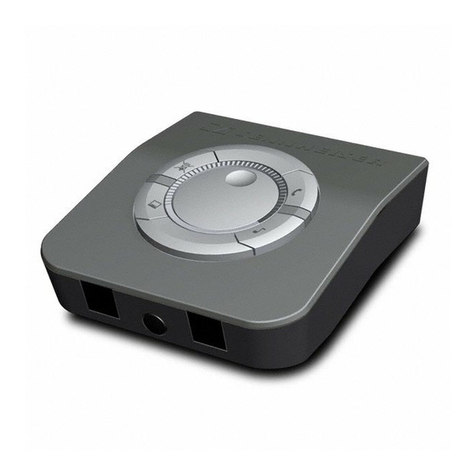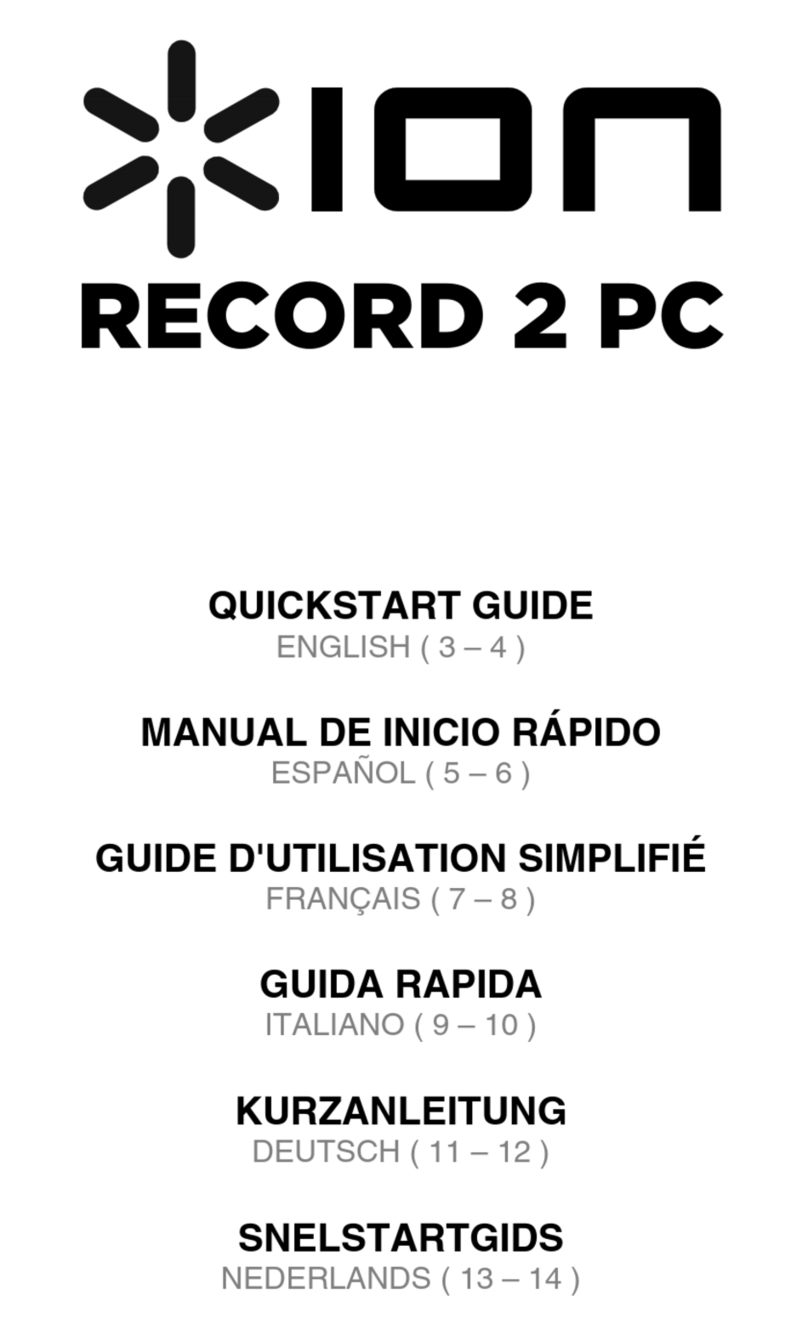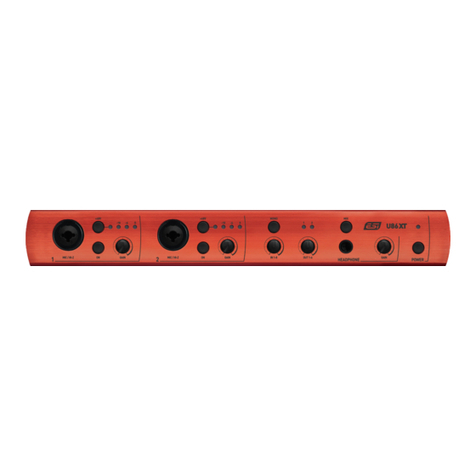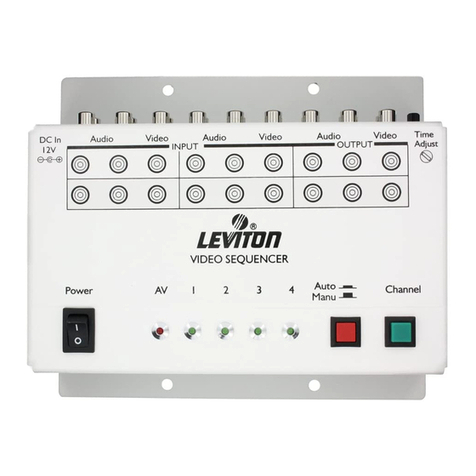
5-STEP VOLTAGE SOURCE
SPUTNIK-MODULAR.COM
SPUTNIK MODULAR
Each stage features a pulse
output that is triggered when
that step or “stage” is activated.
Individual stages have their own
unique pulse outputs and the
ALL PULSE output generates a
pulse whenever any of the five
stages are triggered.
Stage LEDs indicate which stage
is currently active and show
sequence progression.
The Pulser is normalized to act as a voltage controllable master clock
for driving stage selection like a conventional sequencer. It can also be
used as an independent clock submodule or an LFO with two waveform
outputs.
Pulser TIME features front panel control of pulser timing. Pulse speed
varies from approximately .002 seconds per stage to 10 seconds per
stage. Time can also be controlled via CV input (higher voltages
correspond to slower tempos and lower voltages correspond to faster
tempos). Pulser LENGTH control varies the width of the pulse generated
at the Pulse output. START and STOP buttons control Pulser activation.
Start and Stop can also be engaged by sending pulses to the respective
input jacks.
Two waveform outputs: variable width pulse and sawtooth.
Four channels of CV outputs (CV
A to CV D), each with up to five
stages of voltage storage (either
05V range or 010V range using
selector switches on the rear of
the module). When a step is
selected, outputs AD will each
produce a voltage determined
by the front panel knobs. CV
outputs can control modules
such as oscillators, filters, LFOs,
etc. that use stepped DC
voltages.
Individual stages can be
selected manually using buttons
or by applying triggers/gates/-
pulses to a stage's selection
input jack. When the pulser is
used to drive a sequence, the
selection switches can retrigger
the sequence starting from that
stage.
Slider switches allow to reduce
the amount of steps or to split
the sequence into the subse-
quences.
The ADDRESS input accepts a
unipolar voltage from 0 to 5V
(trimmable up to 010V) and
then quantizes that voltage to
select a stage. Can be used with
envelope generators, random
sources, etc. to select stages in
a nonlinear way.
The TRIG. IN jack accepts
external clocks, triggers, and
gates to advance the sequence
linearly. It’s normalled to a saw
output of a PULSER.
